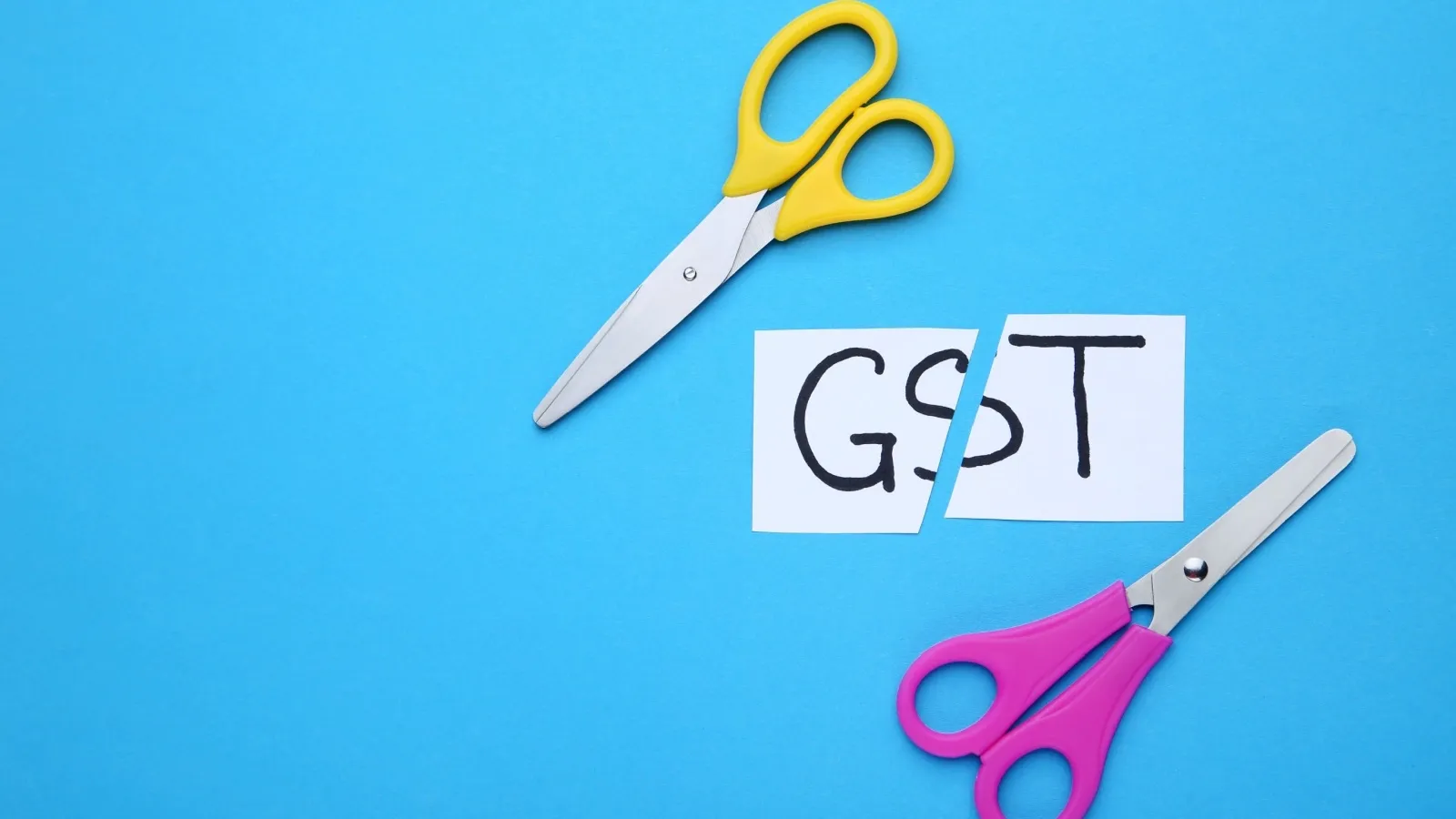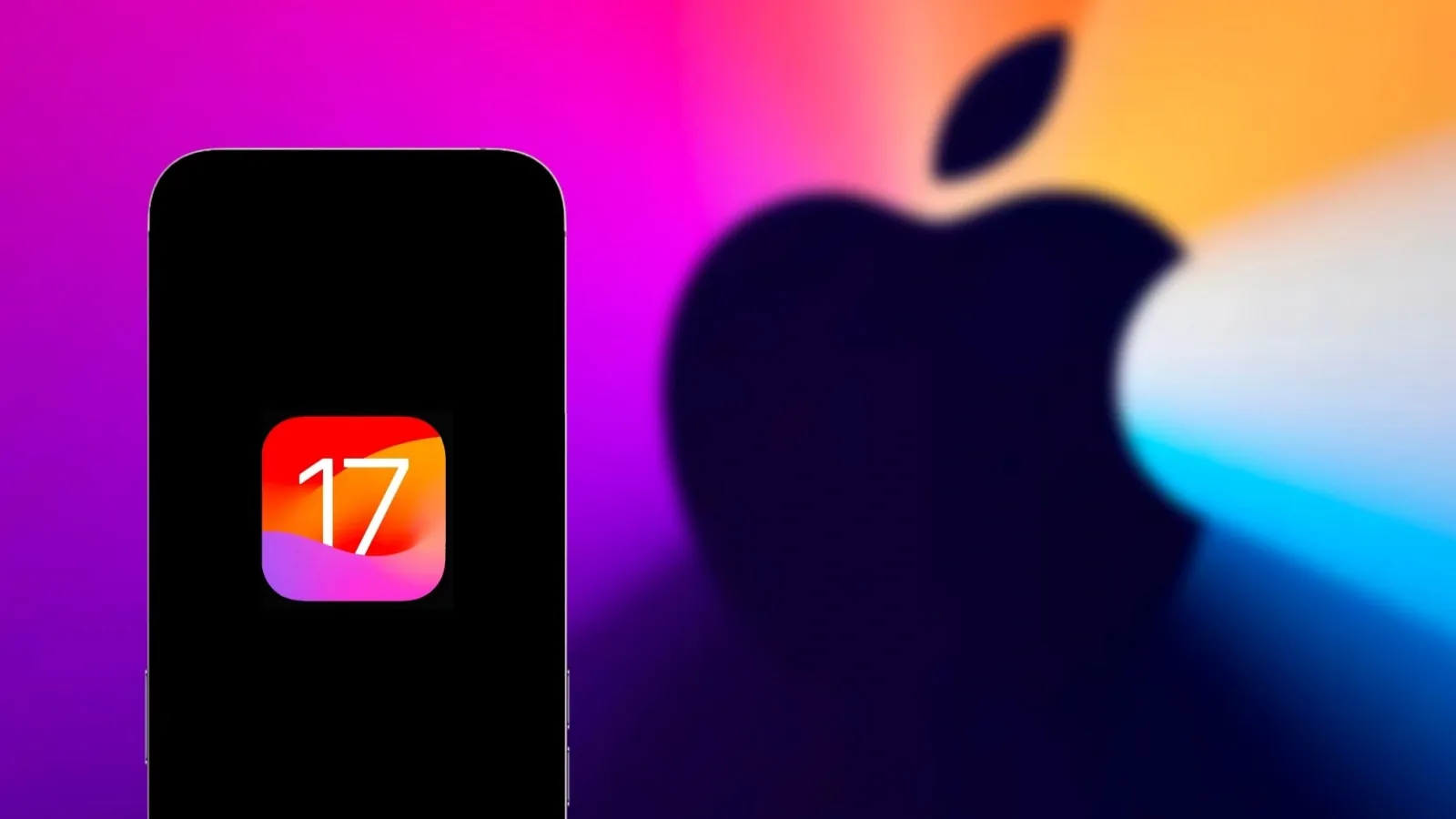Personal Finance News
Flipkart Big Billion Days and Amazon Great Indian Festival Sales: How no-cost EMIs make you pay more

6 min read | Updated on September 12, 2025, 09:32 IST
SUMMARY
No-cost EMIs function like a marketing construct. The customer doesn’t pay extra interest, but the bank still earns it, which is funded by the seller or the brand. In most cases, it is passed on to the customer in hidden ways.

In zero-cost EMIs, the interest component isn’t waived but simply adjusted by the manufacturer by increasing prices.
No-cost EMIs are going to play an important role in these sales as companies will aim at selling more products by offering flexible payment options.
No-cost EMI is a payment plan that claims to allow you to pay for a product through monthly payments without any extra charge or interest. Is this really true? Let's find out.
What is ‘free’?
Everything free almost always comes with a hidden cost. The first thing you must always think when you see a deal too-good-to-be-true is what the product really is.
For instance, most buy-one-get-one (BOGO) free deals have inflated prices: if you buy a single product, you’ll probably pay less than you do for one unit in a BOGO deal. This means that the BOGO isn’t really what it claims to be, like most free products aren’t.
Even free social media applications like Instagram and Facebook make money through targeted advertisements, which makes us the product.
Similarly, in a no-cost EMI, there are hidden charges that may make you spend more when you are not looking, digging deeper holes in your pockets, and still somehow making you believe that you got a good deal.
Hidden cost of a no-cost EMI
We generally tend to go for a free or a no-cost option just because it is available, even if we don’t need it. I bought an iPhone during Amazon’s Great Indian Festival earlier just because it seemed cheaper, and why wait for a later date just to buy it at a higher price? As it turns out, the prices were slashed a few months later, and I could have gotten a better deal.
No-cost EMIs and other exciting payment plans often cause overspending fueled by offering a false sense of lower payments. In the long run, these unnecessary purchases impact individuals’ purchasing power and deplete their savings.
Many companies bury hidden charges in fine print, causing shoppers to make payments without understanding the full cost. In some cases, there is a limited ‘no interest’ period, after which you have to pay interest on EMI payments. Further, some banks charge you processing fees on EMIs, making you pay more. In some cases, the processing fee can go up to 3% of the product amount.
While the Reserve Bank of India has warned against such deceptive practices violating fair pricing norms by camouflaging charges, many companies still apply these hidden charges. One should always read the terms and conditions properly before buying and paying for anything.
EMI payments become a part of the minimum due amount. If you don’t clear the minimum payment every month, interest charges will increase the debt burden and impact your credit score. Missing an EMI usually attracts late fees and penalty interest.
Importantly, when you purchase a product on EMI, the total cost of the product is blocked against your credit limit. The limit gradually increases as you pay EMIs, but your credit utilisation ratio will rise in the first few months. This is important, especially for those with a lower credit limit.
For example, if you buy a TV for ₹40,000 on a 12-month EMI, the entire amount would be blocked against your credit limit. If your credit limit is ₹1 lakh, when you buy it, your available limit would be shown as ₹60,000, which would increase by ₹3,300 (monthly EMI) every month as you make EMI payments.
If you buy the product by paying upfront, most banks will offer you cashback or reward points. However, no-cost EMIs don’t have these benefits. This means that not only will you end up with a financial burden for a substantial period of time, but you will also not earn benefits on a high-value purchase.
The Reserve Bank of India doesn’t permit loans without interest. EMIs act as a loan offering, which means that they literally cannot be zero-interest. Lending inherently involves charging an interest rate or a fee. In the case of no-cost EMIs, the interest still exists.
In zero-cost EMIs, the interest component isn’t waived but simply adjusted by the manufacturer by increasing prices. This helps sellers earn more with increased sales, and banks charge processing fees, but the disadvantages for you may outweigh the benefits.
Remember that you will still pay GST on the processing fee and other applicable charges.
How much can it actually cost you
Let’s see this with an example:
-
Base price (before GST): ₹80,000
-
GST @18%: ₹14,400
-
Total price: ₹94,400
-
Discount on upfront payment: ₹10,000
-
Final payable amount: ₹84,400
-
Base price (before GST): ₹80,000
-
GST @18%: ₹14,400
-
Total price: ₹94,400
-
Discount: Nil (because discounts are not offered on EMI)
-
Product total: ₹94,400
-
Total processing fee: ₹2,000
-
GST on processing fee (18%): ₹360
-
Final payable amount: ₹96,760
This makes no-cost EMI a marketing construct. The customer doesn’t pay extra interest, but the bank still earns it, which is funded by the seller or the brand. In most cases, it is passed on to the customer in hidden ways.
This doesn’t mean that no-cost EMIs don’t offer advantages. Many people can’t afford to pay for a premium product in a lump sum, and EMIs allow them to pay for it in smaller chunks. The quick processing of the EMIs and flexibility in repayment terms make these EMIs beneficial for many users.
Moreover, sometimes there are really good offers on no-cost EMIs as well, which can make the product cheaper in practice too, like if you get an instant discount on a specific credit card (for example: Amazon Pay ICICI credit card).
Consumers should look at the risks and hidden costs associated with no-cost EMIs to protect themselves from financial loss and unnecessary burden. It’s better to plan ahead and make wiser financial decisions rather than falling for sales and offers and regretting it later.
Related News
By signing up you agree to Upstox’s Terms & Conditions
About The Author
Next Story




